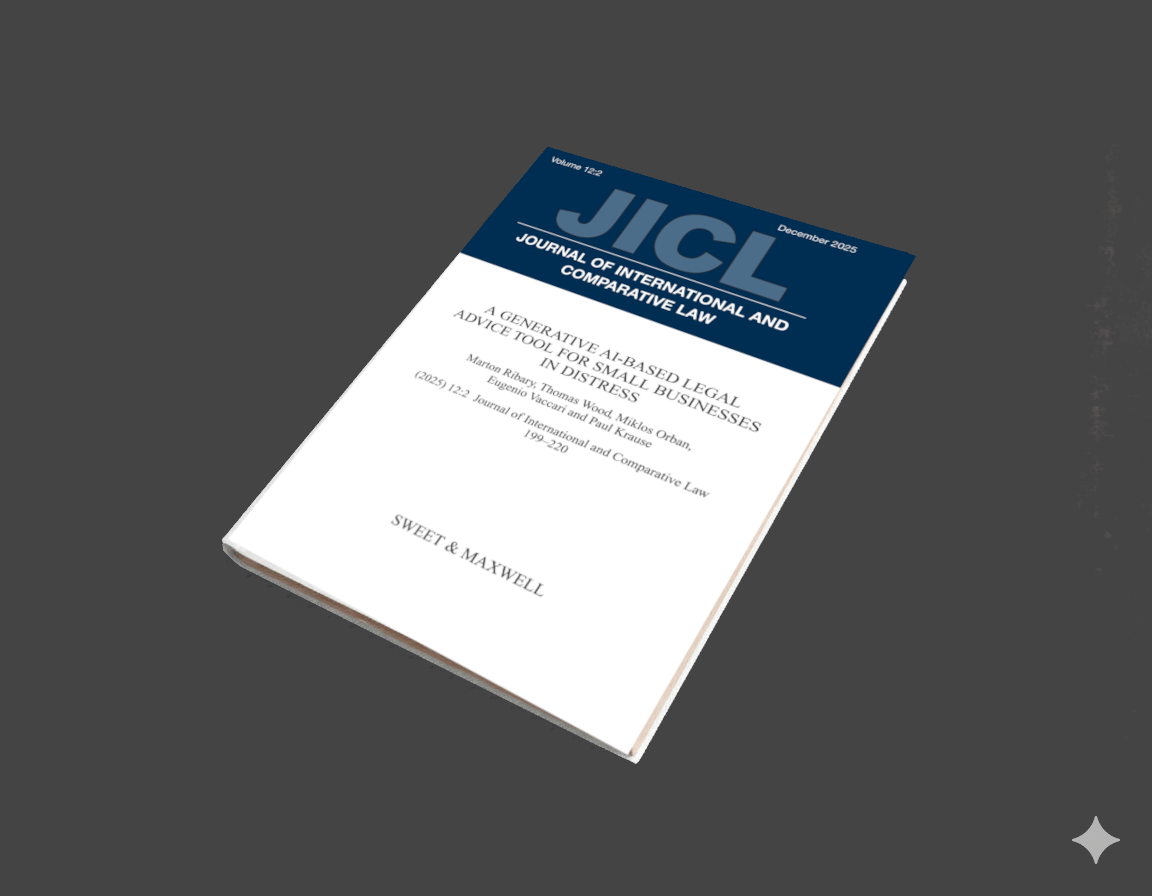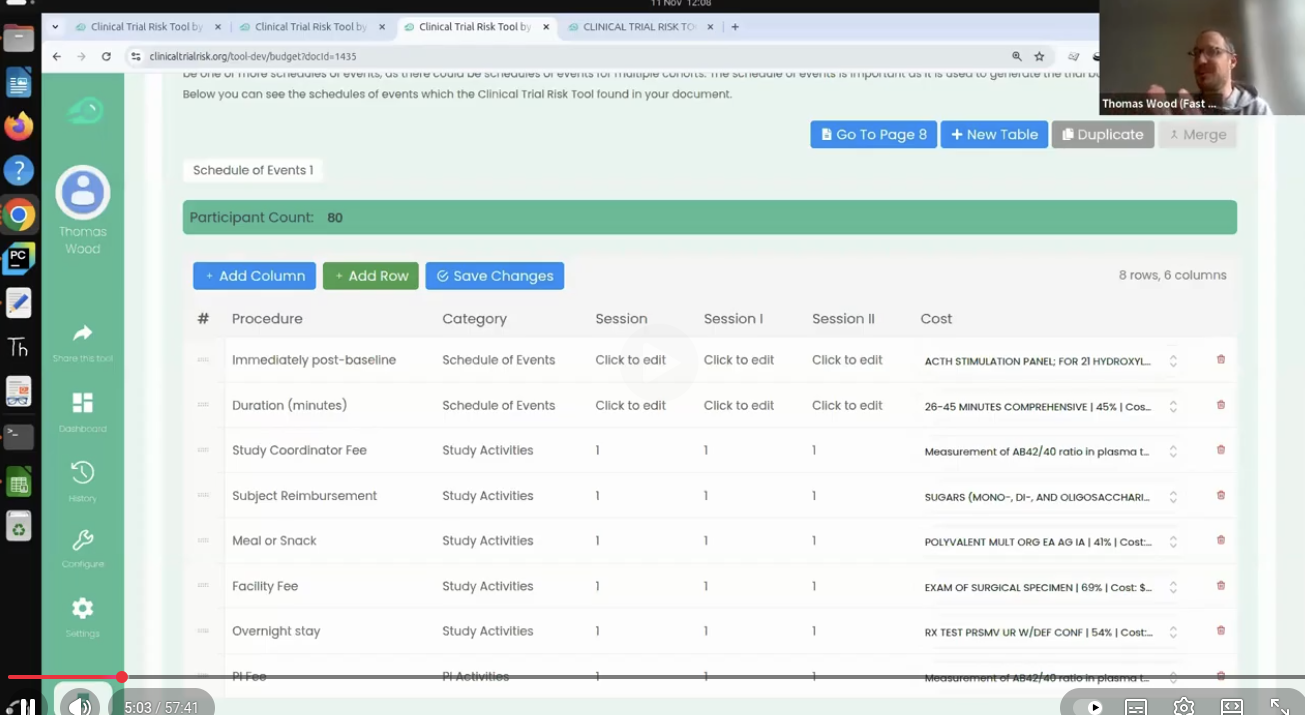
How can an AI model predict customer churn? Who will stay with your business and who will switch to a competitor? It’s easy to make a basic customer churn model with Python.
One question faced by lots of companies in competitive markets, is… why are our customers leaving us? What drives them to switch to a competitor? This is called ‘customer churn’, and we can model it with machine learning.
Imagine you run a utility company. You know this about each of your customers:
For millions of customers you also know whether they stayed with your company, or switched to a different provider.
Fast Data Science - London
We are specialists in AI in business.
We have developed customer churn and employee attrition models for a variety of clients in data science consulting engagements.
Is customer churn an issue for your business? Do you want to anticipate it before it happens?
Ideally you’d like to identify the people who are likely to switch their supply, before they do so! Then you can offer them promotions or loyalty rewards to convince them to stay.
How can you go about modelling customer churn at your organisation?
If you have a data scientist or statistician at your company, they can probably run an analysis and produce a detailed report, telling you that high consumption customers in X or Y demographic are highly likely to switch supply.
It’s nice to have this report and it probably has some pretty graphs. But what I want to know is, for each of the 2 million customers in my database, what is the probability that the customer will churn?
If you build a machine learning model you can get this information. For example, customer 34534231 is 79% likely to switch to a competitor in the next month.

Utility companies often use customer churn models, as customers frequently switch electricity and gas providers.
Surprisingly building a customer churn model like this is very simple. I like to use Scikit-learn for predicting customer churn - it is a nice easy-to-use machine learning library in Python. It’s possible to knock up a program in a day which will connect to your database, and give you this probability, for any customer. Churn analysis with Python is truly one of the most efficient ways to go about customer churn prediction.
One problem you’ll encounter is that customer data is very non-homogeneous. For example, the postcode or zip code is a kind of categorical variable, while power consumption is a continuous number. For this kind of problem, I found the most suitable algorithms are Support Vector Machines, Random Forest, and Gradient Boosted models, all of which are in Scikit-learn. I also have a trick of augmenting location data with demographic data for that location (such as average credit score or income level per postcode), which improves the accuracy of the prediction.
If you are interested in the details of how to build a customer churn model in Python, you can follow our tutorial on customer churn prediction with machine learning and you can also follow our article on customer spend prediction, which is an analogous problem. The process for customer churn prediction is the same as for customer spend, except that you are building a logistic regression (classification) model (churn is TRUE or FALSE), rather than a regression model (customer spend is a scalar value). We also have a video about customer spend prediction and a Python tutorial on customer churn prediction on Github.
The same goes for employee churn/turnover analysis. If we are predicting employee turnover, we aim to understand the reasons and factors that influence employee attrition and retention, and to identify the employees who are likely to leave the company in the near future. There are different methods and techniques that can be used for employee churn analysis, such as descriptive statistics, exploratory data analysis, data visualisation, hypothesis testing, and machine learning. One of the most popular and effective methods is to use machine learning algorithms to build predictive models that can classify employees into churners or non-churners based on their features and characteristics. You can read more about how we built an employee attrition model for the UK’s National Health Service (NHS), or in our post on predicting employee turnover.
Fast Data Science excels in leveraging AI to predict customer churn, enabling businesses to retain and retain valuable clients and boost revenue. Our expertise in predictive modeling, as outlined on https://fastdatascience.com/ai-for-business/predicting-customer-churn/, empowers organizations to predict customer churn by analyzing vast datasets—demographics, purchase history, and behavioral patterns. By identifying at-risk customers early, we help companies craft targeted retention strategies, reducing churn rates effectively. Our approach to predict customer churn combines advanced machine learning with NLP, extracting insights from support tickets, reviews, or social media sentiment. For instance, we’ve built models for e-commerce and subscription-based businesses, achieving up to 85% accuracy in flagging potential churners. Our process starts with data integration, followed by feature engineering and model training on platforms like AWS or Azure. We deliver actionable insights through intuitive dashboards, enabling proactive interventions like personalized offers. Led by Thomas Wood, with a Cambridge Masters in NLP, Fast Data Science has supported global firms since 2016 to predict customer churn, enhancing customer lifetime value while minimizing losses. Our tailored solutions ensure businesses stay ahead in competitive markets by fostering loyalty and optimizing retention efforts.
If customer churn is an issue for your business and you’d like to anticipate it before it happens, I’d love to hear from you! Get in touch to find out more.
Looking for experts in Natural Language Processing? Post your job openings with us and find your ideal candidate today!
Post a Job
How can you predict customer churn using machine learning and AI? In an earlier blog post, I introduced the concept of customer churn. Here, I’d like to dive into customer churn prediction in more detail and show how we can easily and simply use AI to predict customer churn.

A generative AI-based legal advice tool for small businesses in distress We are pleased to announce the publication of our paper A generative AI-based legal advice tool for small businesses in distress, in collaboration with an interdisciplinary team based in the UK and Hungary.

Thomas Wood presents the Clinical Trial Risk Tool before the November meeting of the Clinical AI Interest Group at Alan Turing Institute The Clinical AI Interest group is a community of health professionals from a broad range of backgrounds with an interest in Clinical AI, organised by the Alan Turing Institute.
What we can do for you